
Beautiful White of Turnera Subulata Flowers on Green Leaves Background
"Turnera Subulata becomes a food source and host plant for Sycanus, the predators of leaf-feeding worms, so that the pest attack can be suppressed," said Tumpal Panjaitan, Section Head for Pest & Disease at Asian Agri. Asian Agri plants 18m2 of Turnera Subulat per 1.4 hectares of land, making a total of 1,285m2.
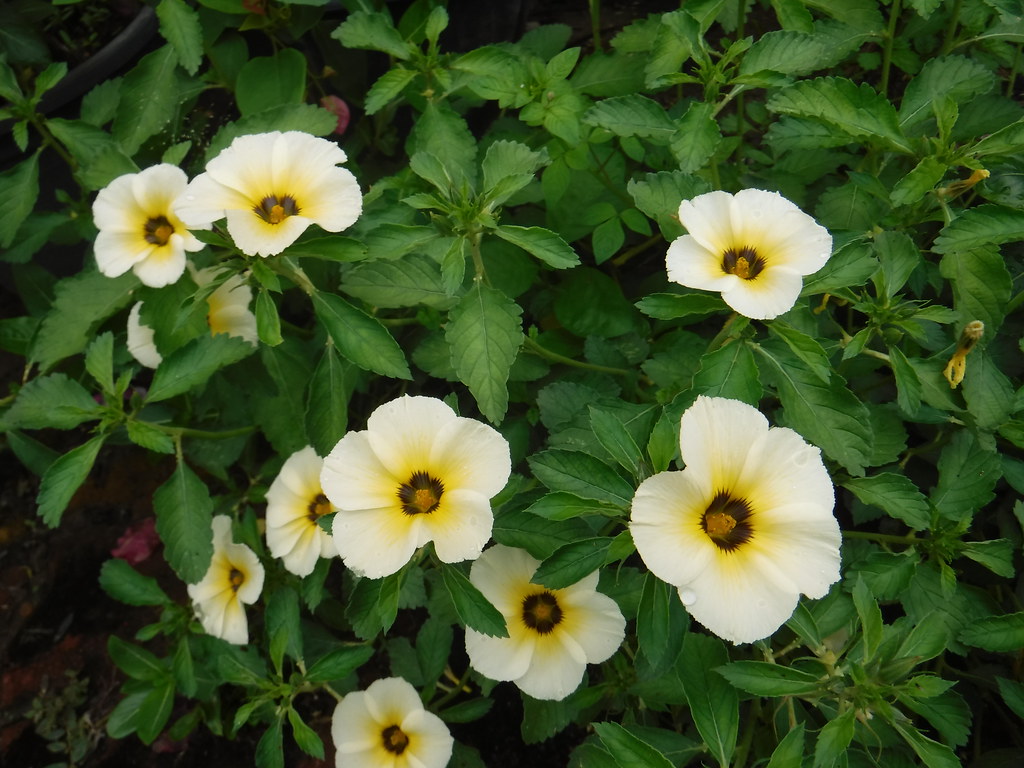
Turnera subulata Sm. TurneraceaeWhite alder, บานเช้า Flickr
Botanically called Turnera ulmifolia, this spreading groundcover or small shrub brightens up bare spots in the landscape with flowers that bloom in the mornings and last most of the day. Turnera Buttercup Bushes Native to the Caribbean, the Cuban buttercup is the official flower of Cienfuegos, Cuba.

Turnera subulata Sm. Ba'Kelalan, Sarawak, Malaysia. (Trans… Flickr
Turnera subulata is a species of flowering plant in the passionflower family known by the common names white buttercup, sulphur alder, politician's flower, dark-eyed turnera, [2] and white alder. [2] [3] Despite its names, it is not related to the buttercups or the alders. It is native to Central and South America, from Panama south to Brazil.

White Alder (Turnera subulata) Richard Lyons Nursery, Inc.
Turnera subulata is a species of flowering plant in the passionflower family known by the common names white buttercup, sulphur alder, politician's flower, dark-eyed turnera, and white alder. Despite its names, it is not related to the buttercups or the alders. It is native to Central and South America, from Panama south to Brazil.
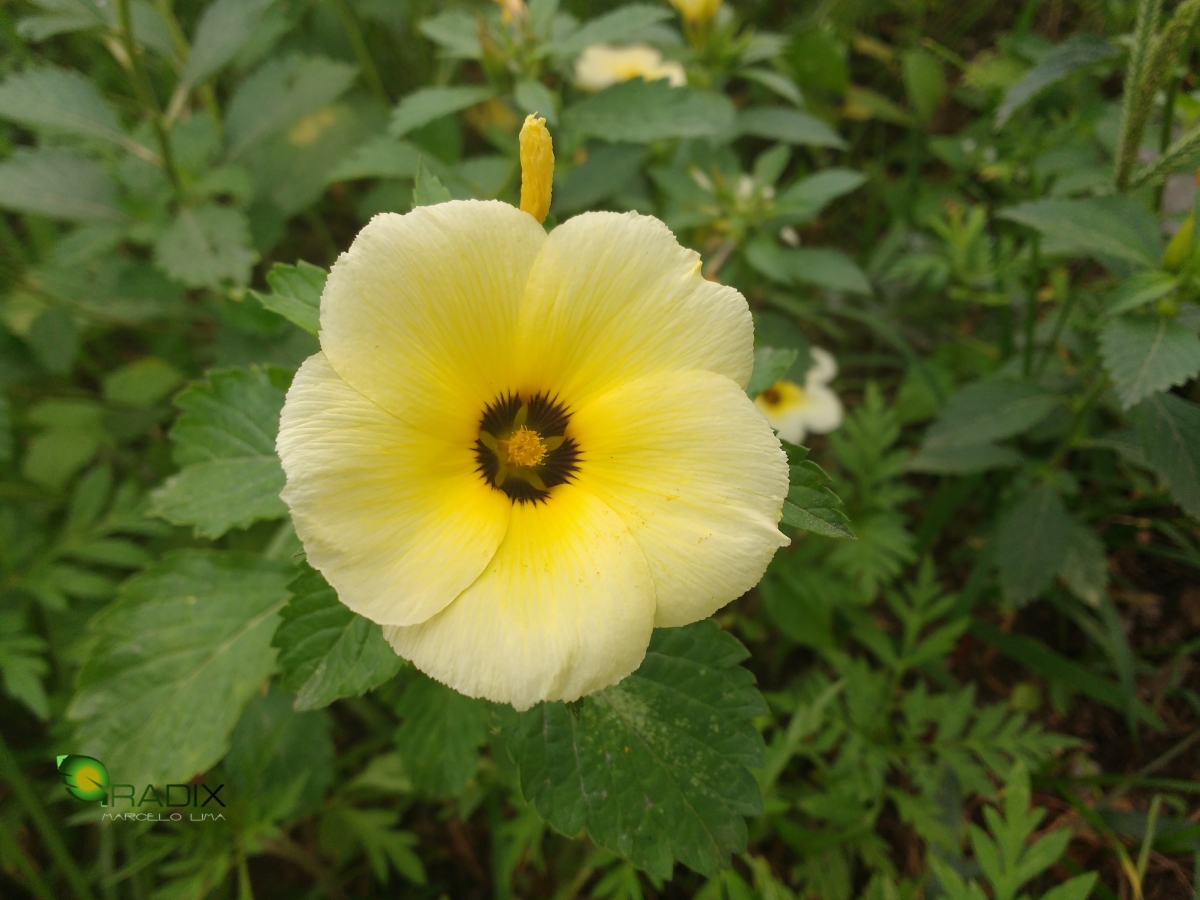
Turnera subulata (Chanana) Radix Herbarium
Family Name: Common Name: White Alder, Sulphur Alder, Dark-eyed Turnera, White Buttercup, Politician's Flower Moderate Water Bee-Attracting Plant Butterfly-Attracting Plant Ornamental Flowers Shrub Explore more topics Name Classifications and Characteristics Biogeography Description and Ethnobotany Landscaping Features
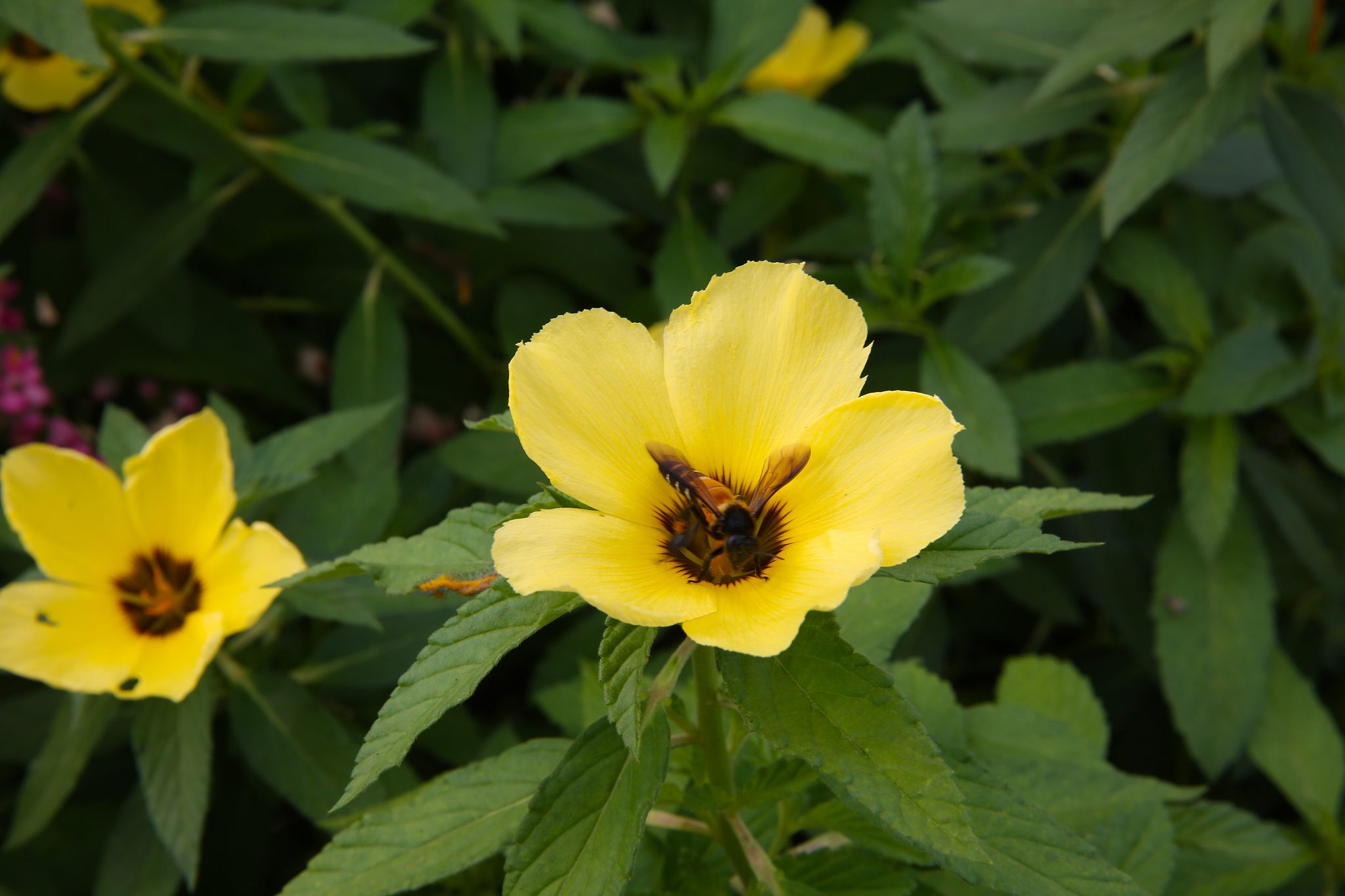
The Benefits of Turnera Subulata Asian Agri
PMCID: PMC9862265 PMID: 36679000 Annotation of the Turnera subulata (Passifloraceae) Draft Genome Reveals the S -Locus Evolved after the Divergence of Turneroideae from Passifloroideae in a Stepwise Manner Paige M. Henning, 1,2,† Eric H. Roalson, 1 Wali Mir, Methodology, 3 Andrew G. McCubbin, 1 and Joel S. Shore 3,*†

Turnera subulata a photo on Flickriver
The anti-inflammatory properties of Turnera subulata have been evaluated as an alternative drug approach to treating several inflammatory processes. Accordingly, in this study, aqueous and hydroalcoholic extracts of T. subulata flowers and leaves were analyzed regarding their phytocomposition by ultrafast liquid chromatography coupled to mass spectrometry, and their anti-inflammatory.
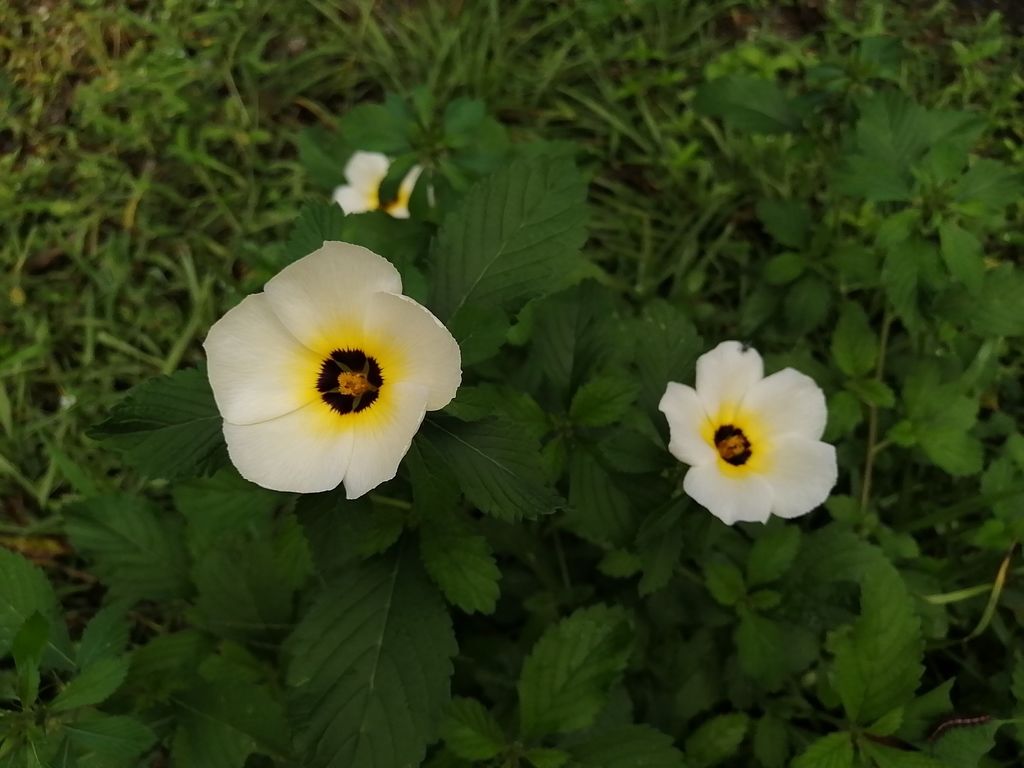
Turnera subulata Sm. Plants of the World Online Kew Science
Turnera subulata is a broadleaf evergreen perennial with green foliage and yellow and cream flowers in spring, summer and fall. It can grow 12 IN - 15 IN - wide, 18 IN - 24 IN - tall. To grow well, it prefers sun and regular water. Grows best in well-drained and average soil. Plant family: #Passifloraceae USDA Zone: zone 9a - 11
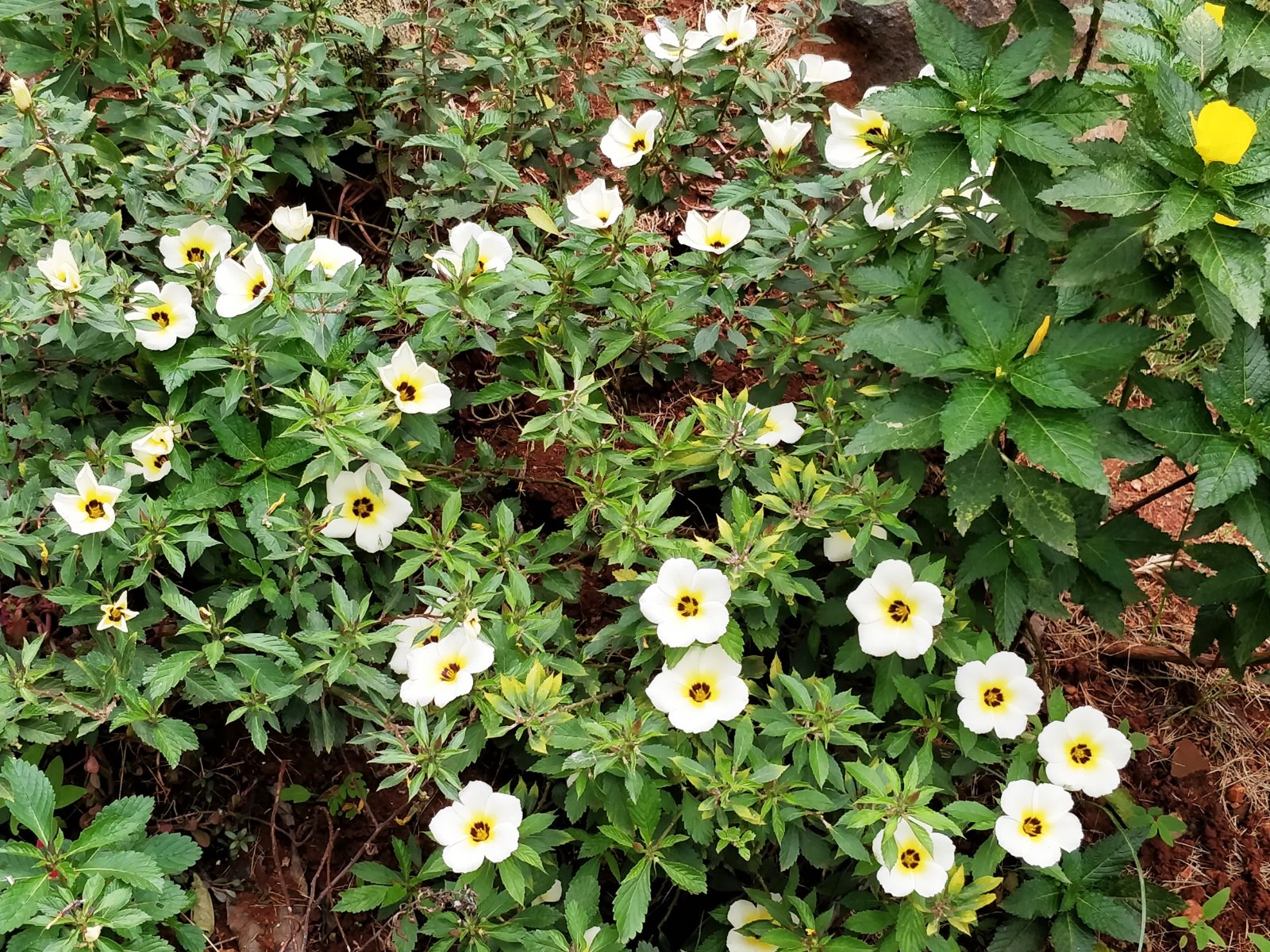
Turnera subulata eFlora of India
Turnera subulata is a species of flowering plant in the passionflower family known by the common names white buttercup, sulphur alder, politician's flower, dark-eyed turnera,[1] and white alder.[1][2] Despite its names, it is not related to the buttercups or the alders. It is native to Central and South America, from Panama south to Brazil.

Wild White Turnera Subulata Flower by the Meadow Stock Image Image of
Yellow Alder (Turnera subulata). Anita Force Marshall. First impression: Oodles of miniature buttercups cover this never ending sprawling plant. Five super bright, cameo white with a dark center petals make up each flower that measure around two inches across. The leggy, tentacle-like stems are covered with toothed, oval shaped shiny green leaves.
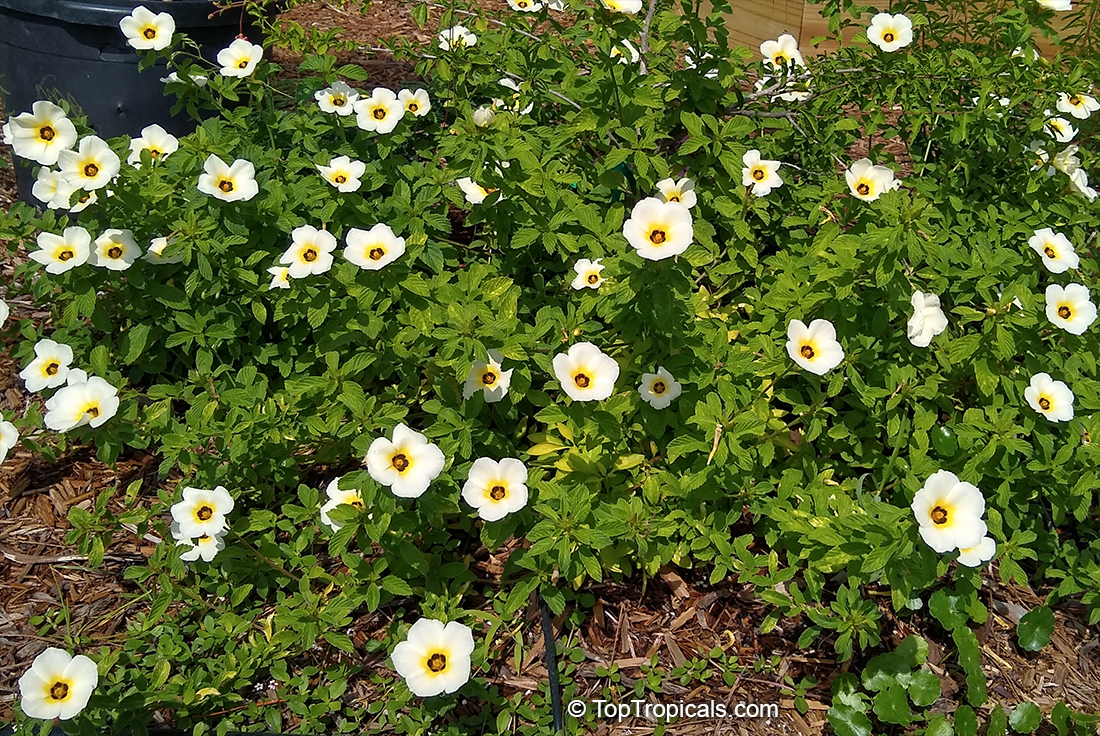
Turnera subulata, Key West Butter Cup
Annotation of the Turnera subulata (Passifloraceae) Draft Genome Reveals the S -Locus Evolved after the Divergence of Turneroideae from Passifloroideae in a Stepwise Manner by Paige M. Henning 1,2,†, Eric H. Roalson 1, Wali Mir 3, Andrew G. McCubbin 1 and Joel S. Shore 3,*,† 1
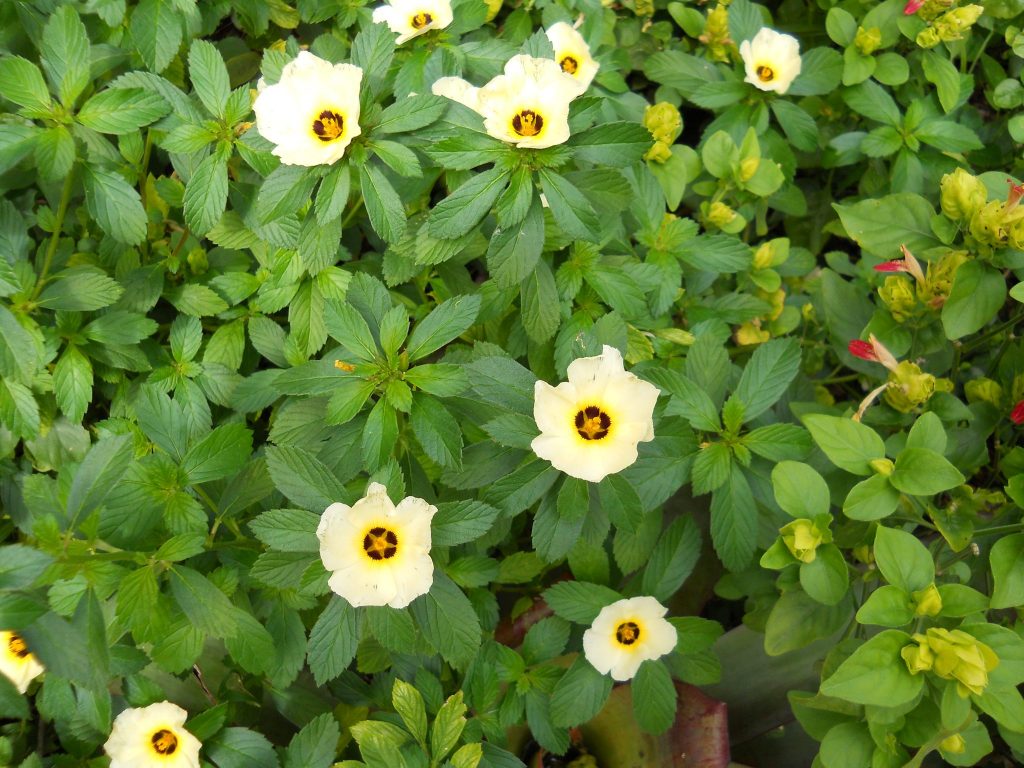
White Alder (Turnera subulata) Richard Lyons Nursery, Inc.
Turnera subulata Name Synonyms Turnera elegans Otto Turnera elegans Otto ex Nees Turnera mollis Kunth Turnera peruviana Willd. ex Roem. & Schult. Turnera sericea Kunth Turnera trioniflora Sims Turnera ulmifolia var. elegans (Otto ex Nees) Urb. Homonyms Turnera subulata J.E.Sm. Common names Politician's flower in language.

Turnera subulata Foto de Ricardo Silva Olhares Fotografia Online
Turnera subulata (white buttercup) is a tropical medicinal plant found in Brazil and Asia. The plant grows to a 30-50 cm height with corrugated alternating leaves and two glands at the base of limbs . These species can survive in hot climate and nutrient deficient soil. It is used in the traditional medicine to treat a variety of disorders in.

Turnera Subulata ( Image & Photo (Free Trial) Bigstock
Turnera subulata Sm. 1817. pronounced: TER-ner-uh sub-yoo-LAH-tuh (Passifloraceae — the passionfruit family)formerly placed in Turneraceae common names: white alter, dark-eyed turnera. Turnera was named for William Turner (c. 1508-1568) an ornithologist and botanist, often referred to as the 'Father of English Botany'. While an undergraduate and later a fellow at Pembroke Hall.

Turnera subulata (Turneraceae) image 25901 at PhytoImages.siu.edu
Turnera subulata - White Alder. Larval Host Plant. Acraea terpsicore - Tawny Coster, , , , , , Other notes. Notes: This plant has been recorded as a new larval host for Acraea terpsicore - Tawny Coster by T. P. Alaganantham from Chennai, Tamil Nadu in 2010. References:
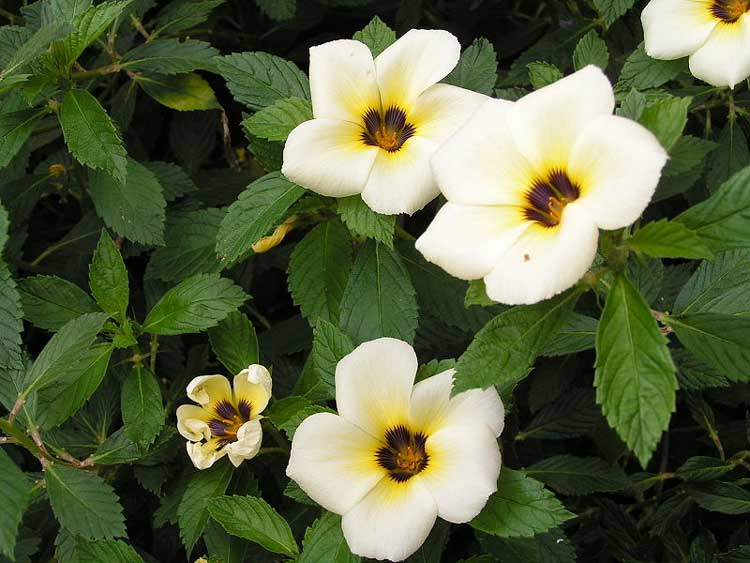
Turnera subulata
It's a common garden flower with attractive white and yellow flowers. White buttercup has commercial uses too since it is planted around palm oil plantations, where it is a host plant for insects that eat the worms that damage palm trees. This natural solution reduces the need for pesticides. Water Every week Sunlight Full sun Advanced Care Guide